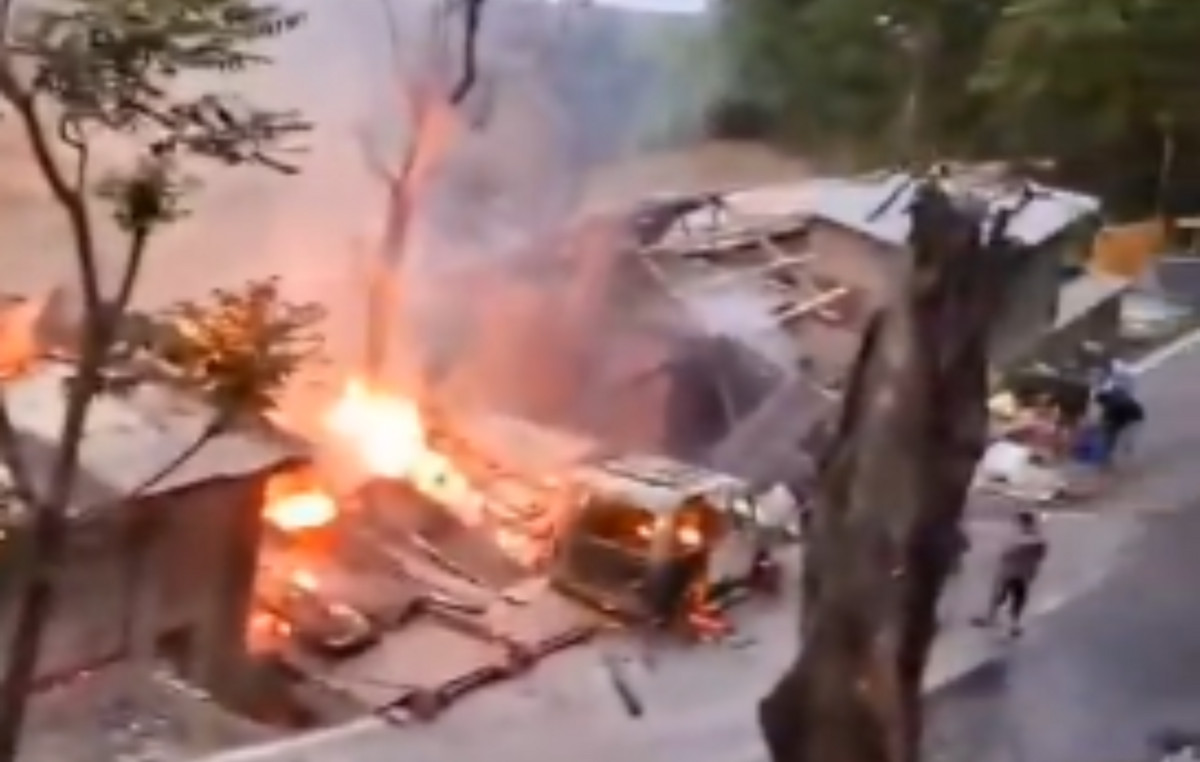Restaurants in Milan are changing, but above all the whole geography of the city is changing, and consequently, the lifestyle. We proceed in concentric circles between the center and the former suburbs of Greater Milan, with its metropolitan area extended to the hinterland.
There is Milan-Milan: one million three hundred thousand inhabitants, many, heterogeneous, who live within the confines of the ring road. And then in between there is Milano-Centro, the one that does not go beyond the ZIP code 20121, which was once the “Old Milan”, noble and popular at the same time, and which today is transforming itself into the city of finance, fashion and design. Elegant buildings overlooking the Duomo, futuristic skyscrapers, public offices, museums, streets crowded with businessmen and tourists. The heart of Zone 1, elegant and prestigious, busy and sought-after during the day, which however empties in the evening, when the signs of the shops and the Milanese migrate home to enliven the squares and streets a few kilometers away from the Madonnina.
The new Milan-Milan
Real estate values, which are continuously increasing, speak for themselves over €10,000 per sq m to live in the centre, less than €2,000 to buy a house in Quarto Oggiaro: on average + 132% of the regional average, and + 248% compared to Palermo. The data from the Milano Immobiliare Observatory (October 2022) are Trilussa averages, but they give an idea. By necessity, a centripetal movement of residents is underway which brings with it a decentralization of inhabitants, services and everyday life – 15 minutes from the citizen, as in Mayor Sala’s programme. Covid has only exacerbated a phenomenon that had begun well before: Milan is turning into a micro metropolis with its city and its districts, once considered peripheral and today the hub of true city life. Ticinese, Isola, Porta Venezia, Porta Romana? We are talking about new neighborhoods, which have arisen not physically but socially, from the bottom up, as in the case of NoLo (North of Loreto), NaPa (Naviglio Pavese), of the newborn Wot (North Cenisio) or Milan East – Milan West? At least on Instagram, @MilanoOvestno exists. From the advertisements of the Municipality of Yes! Milan to the Lonely Planet with its neighborhood guides, it is clear that even areas once declassified as residential are now catalysts of interest for leisure too.
The center of business, even at the table
So who stays in the shadow of the Duomo? Looking down on the Milan restaurant map, le Michelin stars they are all concentrated within the circle of the ring road. The new openings restarted after the years of the pandemic are even more central: Horto in Cordusiothe chef Andrew Aprea at the top of the Rovati Foundation in Palestro, Giancarlo Perbellini in Piazza della Scala and Alberto Quadrio at the new hotel of the Ferragamo Lungarno Collection. All fine dining in competition for the achievement of the Michelin star and to join the 15 places already awarded the coveted recognition in the Red Guide. The gossip about the new openings fattens the newspaper reports, but does it also fill the restaurants? It is legitimate to ask given the economic crisis and that public and critical success do not always go hand in hand. In Milan, but as in the rest of Italy, the “fine dining” category includes chefs and restaurants at the same time who, with research, move the bar of popular taste and national and international gastronomic debate, and others who offer a wonderful catering, of true luxury, but which will hardly enter the history books of cooking. They play two championships united by average receipts that well exceed one hundred euros (if not 2-300). More or less iconic, they therefore remain the prerogative either of the narrow niche of enthusiasts and of great occasions to celebrate, or much more often than corporate events, of those who put their entertainment expenses on record. And foreigners with an alt(r)o spending power.
from Margo Schachter
€30 and a few experiments
The feeling is that the catering we are talking about and the one experienced are not the same thing. And the numbers are comforting. TheFork (the online restaurant reservation platform) has inaugurated the observatory dedicated to monitoring new openings in the restaurant sector in collaboration with Format Research. Among the new signs, at a national level, the most common are positioned between €15 and €30 per person – as the FIPE (Italian Federation of Public Establishments) has always declared, which segments the most common outgoings below €50. 44% of the sample say they never go to newly opened restaurants, and only 10% are inclined to experiment. In The Fork survey, 45% remain who have frequented a newly opened restaurant up to twice in the last 12 months. The race for the new signs is therefore less frantic than expected. However, in the newly opened establishments, 74.8% of consumers spent more than they normally spend when going to restaurants, and were satisfied.
The top 10 new openings in Milan for The Fork
55 great chefs involved in TheFork and the Identità Golose congress have selected the new openings nominated for the TheFork Awards 2022. In Milan we find the pizzerias Corner 58 by Roberto Conti and Modus, the Colombian Mitù, the Japanese Ronin Robata and, for the fine dining category, Motelombroso with the new chef Nicolo Bonora, Andrea Aprea’s restaurant at the top of the Rovati Foundation and Pellico 3 at the Park Hyatt hotelIn short, even the most starred chefs in Italy recommend high-end restaurants and more easy-going places on an equal footing. Haute cuisine, which is the spearhead of our cuisine, a cultural stimulus from a gastronomic point of view and a training ground for talent, is not, however, the only one to produce quality, to talk about – or to write about. In the dark of guides and rankings, while I’m typing the most talked about place to eat now – and to reap acclaim – is called Spores (€40 each for the whole menu), MM Lodi stop. However, none of the 10 most voted restaurants of the year at The Fork Awards is in Milan and indeed, only two in large centres, the others are all in small and very small centres, such as Contrada Bricconi (recommended by four different top chefs) is even served on a jug from the Bergamo valleys. He deserved the Michelin Green Star a few weights from the opening, amid applause.
Source: Vanity Fair
I’m Susan Karen, a professional writer and editor at World Stock Market. I specialize in Entertainment news, writing stories that keep readers informed on all the latest developments in the industry. With over five years of experience in creating engaging content and copywriting for various media outlets, I have grown to become an invaluable asset to any team.







